Do you have a question about the Digital Projection Titan 930 and is the answer not in the manual?
| Brand | Digital Projection |
|---|---|
| Model | Titan 930 |
| Category | Projector |
| Language | English |
Explains the purpose and structure of the manual and symbols used.
Provides an overview of the projector's key features and benefits.
Lists all the components included with the projector package.
Details the procedure for safely connecting the projector to a power source.
Identifies the main physical parts of the projector using front and rear views.
Explains the function of the power and shutter indicator lights on the control panel.
Describes the status indicators on the projector's rear and side connection panels.
Introduces the projector's remote control devices and their infrared reception.
Guides on optimal placement of the screen and projector for viewing.
Step-by-step instructions for securely installing a lens onto the projector.
Covers the basic procedures for turning the projector on and off.
Explains how to choose between input sources and display test patterns.
Details how to adjust zoom, focus, and shift for optimal image positioning.
Covers image adjustments like orientation, keystone, and picture settings.
Describes the various video and audio input/output connectors on the projector.
Details the inputs available specifically on 3D projector models.
Explains how to connect various 3D video sources to the projector.
Outlines how to connect the projector for remote control via LAN or RS232.
Explains how to navigate and interact with the projector's on-screen display menus.
Provides an overview of the main projector functions accessible via the menu system.
Details the controls for adjusting zoom, focus, and saving lens presets.
Covers adjustments for brightness, contrast, video filters, and VGA setup.
Explains how to adjust color gamut, black levels, and gain.
Details settings for aspect ratio, overscan, size, position, and geometry engine.
Explains how to blend images from multiple projectors for seamless large displays.
Describes how to combine two images on screen using Picture-in-Picture modes.
Details settings for enabling and configuring 3D display modes and parameters.
Covers projector lamp operation, power settings, and compensation.
Explains how to configure orientation, latency, input settings, and network.
Provides access to projector status, lamp hours, and configuration details.
Explains projector control via external systems using RS232 or LAN interfaces.
Defines the format and syntax for controlling the projector via commands.
Lists available commands for controlling projector functions via serial or network interfaces.
Describes how to use the projector's web interface for configuration and control.
Explains the Digital Micromirror Device technology used in the projector.
Guides the user on selecting the appropriate projector lens based on screen and throw distance.
Details requirements for screen size and projector placement to ensure proper image display.
Explains how different aspect ratios affect the projected image appearance.
Discusses interlaced vs. progressive scan and film-to-video pulldown techniques.
Lists part numbers for the various available projector lenses.
Provides charts to help select the correct lens based on screen size and throw distance.
Lists all supported 2D and 3D video input standards and resolutions.
Lists projector models covered by the specifications and their key features.
Details the types, connectors, and quantities of projector input/output ports.
Provides information on lamp types, part numbers, and typical lamp life.
Describes the lens mount capabilities and information sources for lenses.
Outlines the various mechanical mounting options and features for the projector.
Lists power requirements, consumption, dimensions, and environmental operating conditions.
Lists the safety and electromagnetic compatibility certifications the projector complies with.
Lists optional accessories available for purchase for the projector.



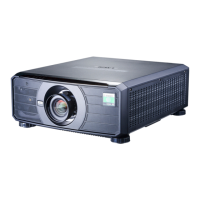
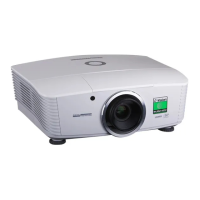
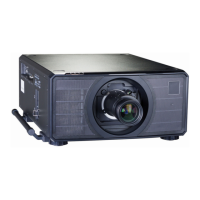
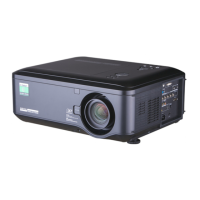
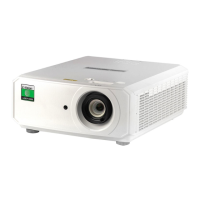

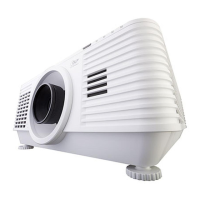
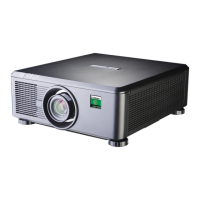
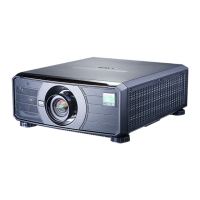
